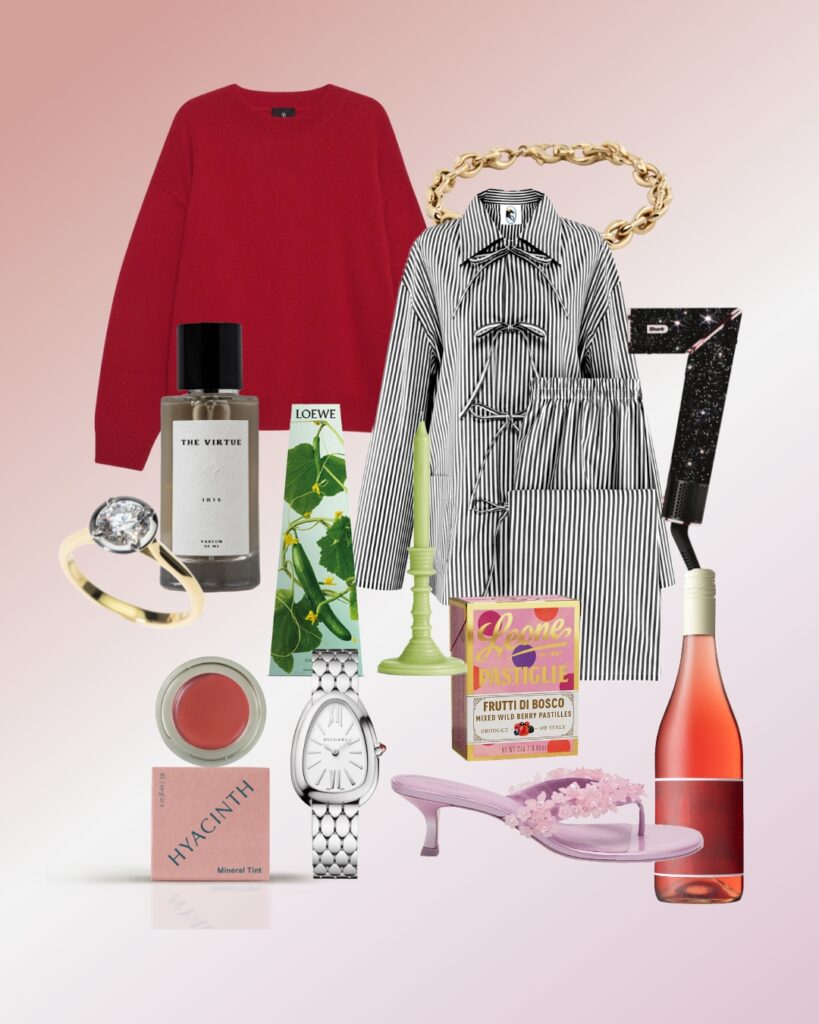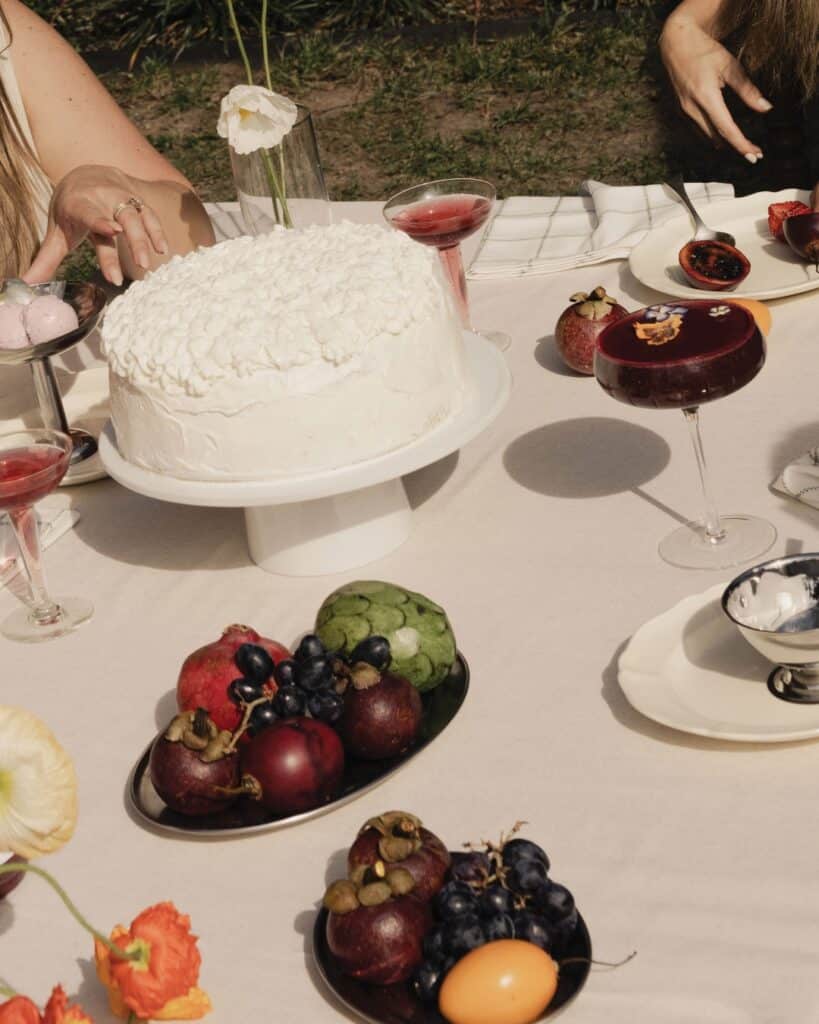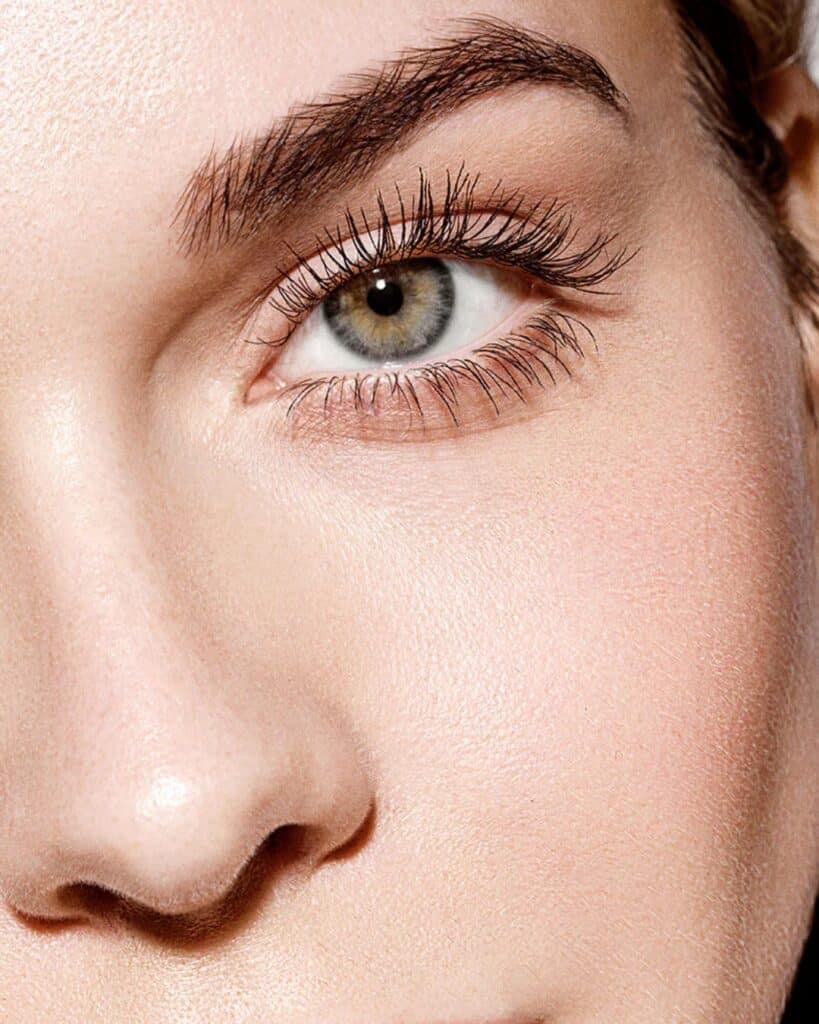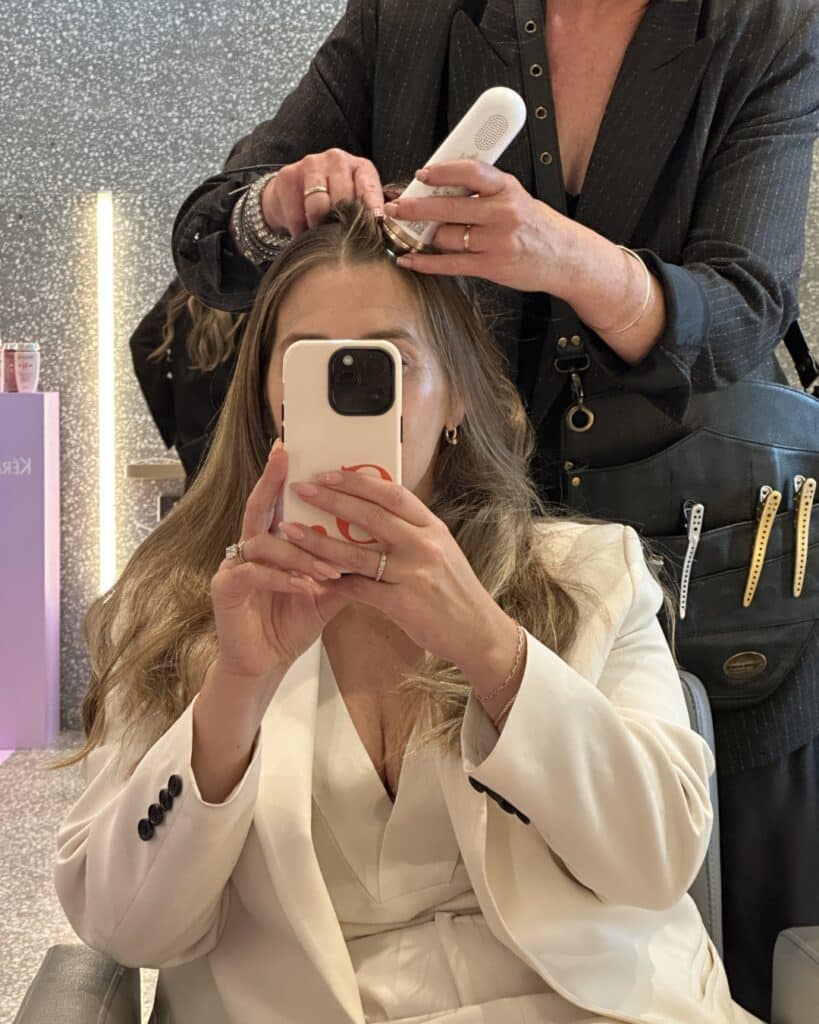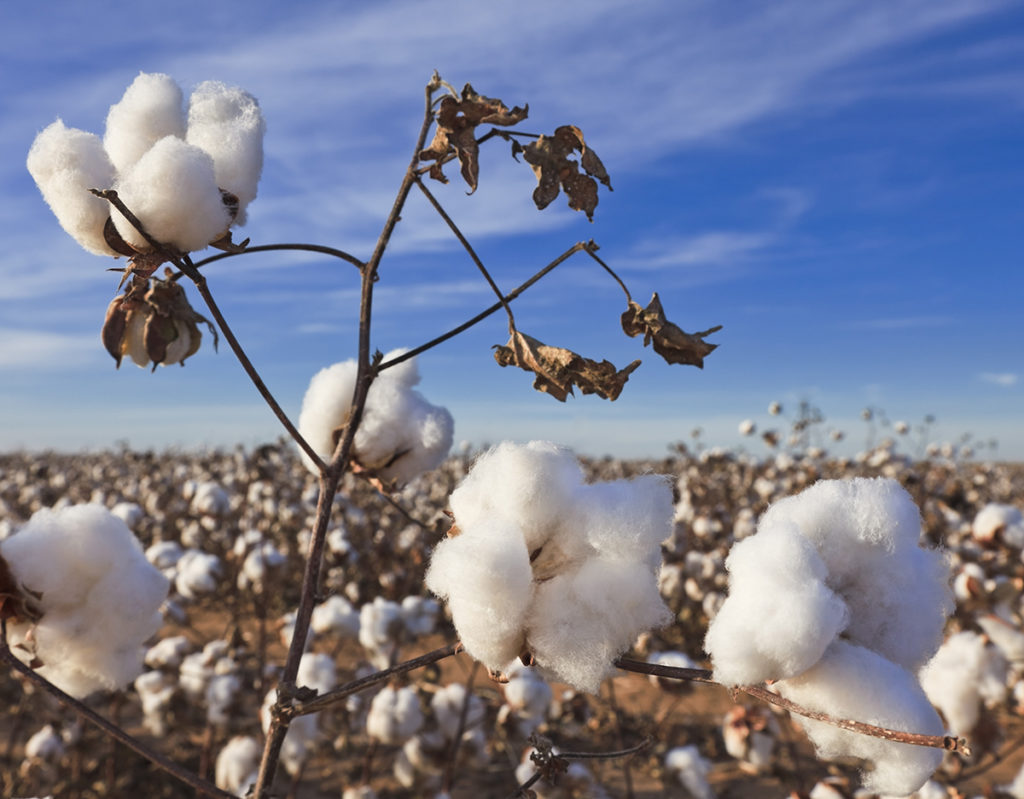
Wondering what the difference is between BCI and GOTS cotton? Or what “cradle to cradle” means? Refer to our cheat sheet below.
Every day it feels like there is a new ethical standard to keep track of and understand, not to mention much of the language around certifications can be hard to parse (and dryer than what was the Aral Sea). So to help you be an educated consumer we’ve decoded some of the most common labels you’ll find on your clothing.
Bluesign
Taking a holistic approach, Bluesign traces each textile’s path through the production process, making improvements at every stage, from factory floor to finished product, ensuring responsible and sustainable manufacturing.
BCI (Better Cotton Initiative)
This organisation uses the Better Cotton Standard System to monitor the pillars of sustainability (environmental, social and economic) in cotton production.
Cradle to Cradle
Products are assessed for environmental and social performance across five sustainability categories; material health, material reuse, renewable energy and carbon management, water stewardship, and social fairness. A product is given an achievement level for each (Basic, Bronze, Silver, Gold, Platinum) and the lowest category achievement represents its overall certification level.
Ecocert
This tracks the product’s life cycle to guarantee the best eco-friendly and socially conscious practices. For fashion, the Ecological & Recycled Textile Standard (ERTS) certifies ecological and recycled textiles.
Fairtrade
The Fairtrade certification ensures producers in the developing world can enjoy secure and sustainable livelihoods by providing fair terms of trade for farmers and workers.
GOTS (Global Organic Textile Standard)
The leading certification for the organic status of textiles, from the harvesting of the raw materials through to environmentally and socially responsible manufacturing and labelling.
Standard 100 by Oeko-Tex
Oeko-Tex (full name: International Association for Research and Testing in the Field of Textile and Leather Ecology) certifies that every element of a textile, including threads and buttons, contains no harmful substances. Tests take into account numerous regulated and non-regulated substances that may be harmful to human health. It’s updated yearly to incorporate the latest technological breakthroughs.
This feature originally ran in Fashion Quarterly Issue 1 2020 (on sale now). Pick up a copy now for more sustainable style inspiration


